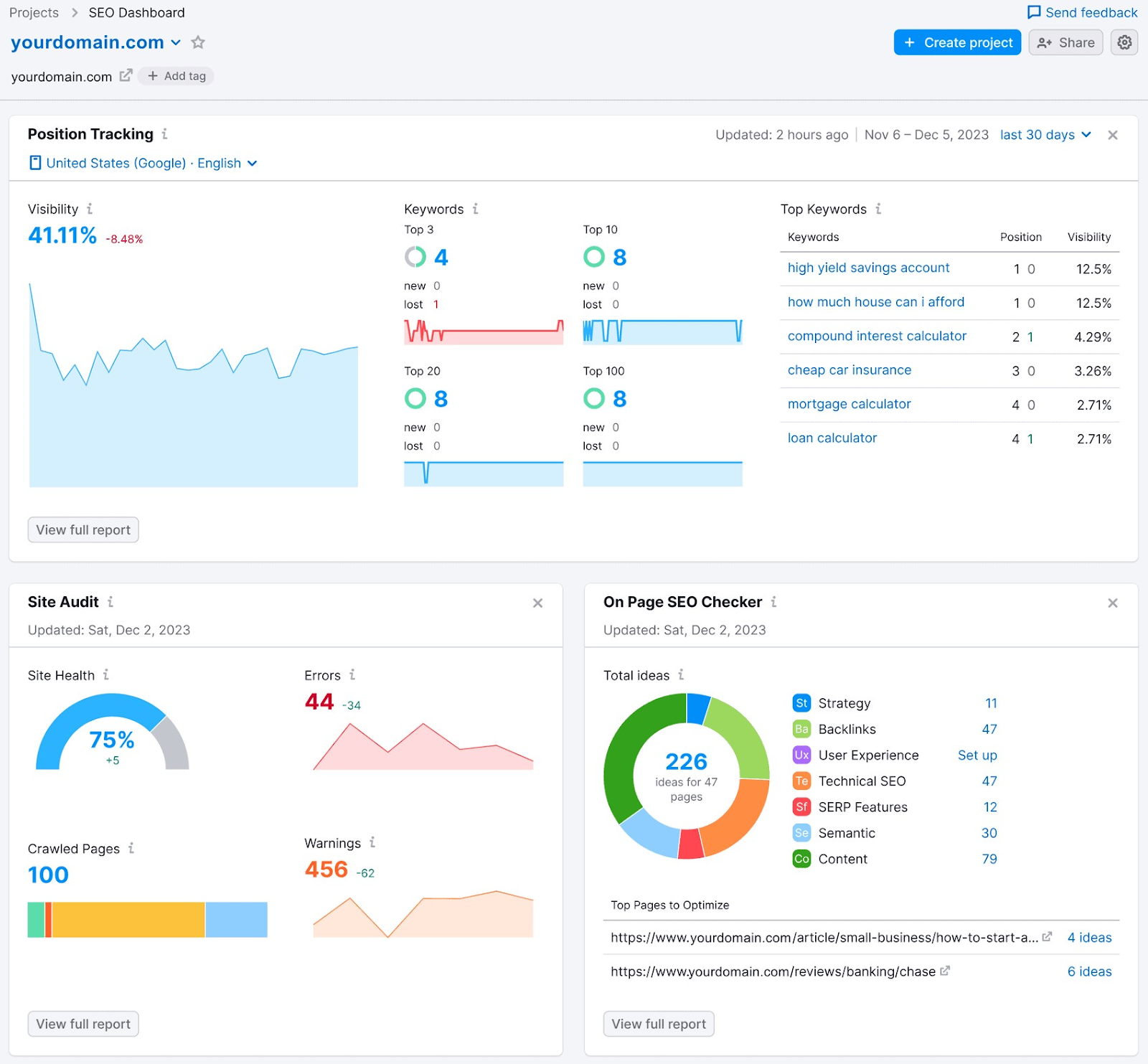Discover When Does the Google Analytics Tracking Code Send an Event Hit to Analytics and Why It Matters
Discover When Does the Google Analytics Tracking Code Send an Event Hit to Analytics and Why It Matters
Blog Article
Master Internet Site Insights With Accurate Google Analytics Tracking Code
The reliable application of Google Analytics hinges on the specific execution of its monitoring code, an essential action commonly forgotten by website owners. What are the usual challenges that could undermine your tracking initiatives, and how can you make certain accuracy in your technique?
Comprehending Google Analytics Fundamentals
Google Analytics is an essential tool for site proprietors and online marketers, providing vital understandings into customer habits and website performance. At its core, Google Analytics collects information about visitors to a website, permitting customers to examine metrics such as traffic sources, user engagement, and conversion prices. Understanding these basics is vital for enhancing a site's effectiveness and enhancing individual experience.
The platform uses cookies to track interactions, recording information such as page sights, session periods, and bounce prices. This info is accumulated and presented with customizable control panels, enabling individuals to envision patterns in time. Key efficiency indications (KPIs) can be checked, such as the complete variety of users, brand-new versus returning site visitors, and the geographical distribution of the target market.
Moreover, Google Analytics supplies division functions, enabling users to separate certain website traffic resources or customer demographics for more targeted analysis. By understanding these fundamental components, internet site owners can make enlightened decisions about material technique, marketing projects, and total site enhancements. Inevitably, comprehending Google Analytics essentials is crucial for leveraging information to drive growth and accomplish organization goals successfully.
Establishing Your Tracking Code

Replicate the supplied monitoring code and paste it into the HTML of your internet site. This ensures that the monitoring code lots prior to any kind of other content, permitting it to capture data precisely.
After setup, verify that the tracking code is working appropriately by making use of Google Tag Assistant or the Real-Time reports in Google Analytics - when does the google analytics tracking code send an event hit to analytics?. This action is essential to confirm that your data collection is energetic and exact, setting the structure for insightful analysis
Typical Tracking Code Issues
Several web site owners come across common issues with their Google Analytics tracking code that can prevent information collection and evaluation. One prevalent problem is incorrect installment. This might occur when the monitoring code is put in the incorrect section of the web site's HTML, frequently resulting in incomplete or absent information. Additionally, having several circumstances of the tracking code on a single page can lead to filled with air metrics, as customer interactions may be counted greater than as soon as.
An additional problem arises from using ad blockers, which can avoid the monitoring code from implementing entirely, therefore skewing data. when does the google analytics tracking code send an event hit to analytics?. Additionally, failing to configure filters correctly can cause the exemption of essential website traffic sources or the addition of undesirable reference spam, distorting the information accumulated
Web site owners might also overlook the relevance of monitoring code updates, especially when migrating to Google Analytics 4 (GA4) from Universal Analytics. Last but not least, insufficient testing before launching adjustments can cause undetected errors in the tracking code, better making complex information integrity. Dealing with these usual issues is vital for guaranteeing exact monitoring and insightful analytics.
Analyzing Web Site Data Successfully
Precise information collection is only the very first step in leveraging Google Analytics; the genuine value exists in effectively analyzing that data to drive enlightened decision-making. To attain this, it is vital to identify essential efficiency indicators (KPIs) that align with your business objectives. Concentrate on metrics such as conversion prices, individual interaction, and traffic sources, as these will certainly give Going Here understandings into individual actions and the total efficiency of your site.
Making Use Of Google Analytics' division features permits a much deeper understanding of your audience. By damaging down data into certain demographics, behaviors, and traffic channels, you can reveal patterns and patterns that notify targeted strategies. Executing customized reports and control panels can enhance this procedure, allowing quick accessibility to significant information.
Moreover, on a regular basis assessing information fads over time aids to recognize abnormalities and chances for improvement. Make use of visualization devices to present information in an easily digestible format, helping with a lot more reliable interaction with stakeholders. Inevitably, the capacity to examine web site information properly encourages organizations to make critical decisions that improve individual experience, enhance advertising and marketing efforts, and drive development.

Ideal Practices for Accurate Tracking
Implementing efficient monitoring practices is important for obtaining trusted data in Google Analytics. To guarantee precise monitoring, begin by appropriately mounting the Google Analytics tracking code on every web page of your internet site. This can be achieved via a tag manager or by straight installing the code right into the HTML.
Following, configure your Google Analytics account to exclude inner web traffic. This can be done by establishing filters that determine and get rid of check outs from your company's IP address, thus preventing skewed data. Additionally, make use of event monitoring to monitor certain individual communications, such as downloads or video clip plays, which basic page views might neglect.
Frequently audit your monitoring setup to verify that all functions, such as objectives and ecommerce monitoring, are operating effectively. Establish a constant naming convention for your campaigns and events to facilitate much easier coverage and analysis.
Lastly, take into consideration leveraging UTM criteria for campaigns to acquire understandings right into the efficiency of various advertising and marketing efforts. By following these ideal techniques, you can enhance the precision of your information collection and evaluation, eventually causing even more informed decision-making for your web site.
Verdict
By guaranteeing the tracking code is appropriately put and on a regular basis audited, internet site owners can capture vital individual communication click for source information, therefore helping with the identification of essential performance indicators. Eventually, a robust monitoring structure enhances the capability to drive interaction and improve total internet site efficiency.

Not enough screening prior to launching modifications can result in unnoticed mistakes in the monitoring code, further complicating information dependability.Applying effective tracking practices is vital for getting trusted information in Google Analytics. By ensuring the monitoring code is correctly put and regularly examined, site owners can catch crucial customer communication data, therefore facilitating the identification of vital efficiency indicators.
Report this page